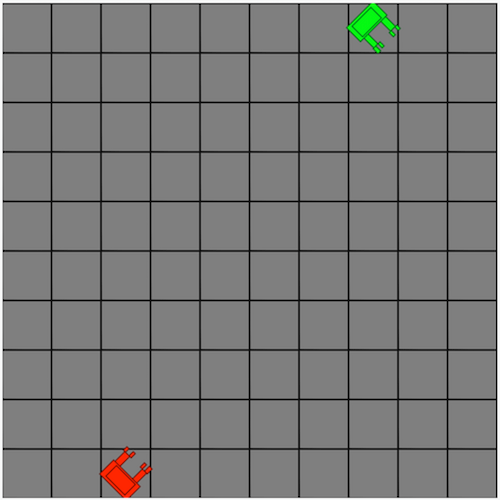
Building Killer Robots: Game Behavior In iOS With Fuzzy Logic Rule Systems
Imagine that it’s a hot day. The sun is out, and the temperature is rising. Perhaps, every now and then, there’s a cool breeze. A good song is playing on the radio. At some point, you get up to get a glass of water, but the exact reason why you did that at that particular time isn’t easy to explain. It was “too hot” and you were “somewhat thirsty,” but also maybe “a little bored.” Each of these qualities isn’t either/or, but instead fall on a spectrum of values.

In contrast, our software is usually built on Boolean values. We set isHot to true and if isHot && isThirsty && isBored, then we call getWater(). If we use code like this to control our game characters, then they will appear jerky and less natural. In this article, we’ll learn how to add intelligent behavior to the non-player characters of a game using an alternative to conventional Boolean logic.
The post Building Killer Robots: Game Behavior In iOS With Fuzzy Logic Rule Systems appeared first on Smashing Magazine.

